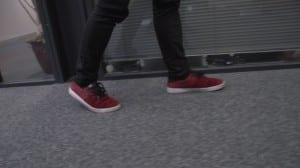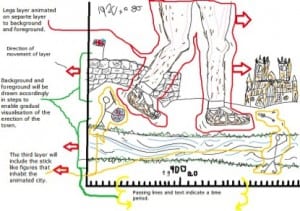Section 1)
48AD-50AD Romans built a stone fort.
1st Century Retired soldiers
200AD Stone house and glass windows, wooden houses
– Line of shops and markets
– The creation of the canal
407AD Soldiers leave
Section 2)
700AD -800AD Potters, jewellers and shoe makers shop
900AD Burning houses
1068 Lincoln Castle + William the Conqueror
1072 Lincoln Cathedral
1215-1231 Magna Carta and greyfriars
1290 Jews into Lincoln
Section 3)
1520 Stonebow
1538 Henry VIII waving at looting Cathedral
1549 Central tower of the Cathedral collapses
1648-1660 Scottish Army with Charles I vs England. Charles II wins
Section 4)
1732 Theatre built
1769 Hospital built
1820 The Lawn Asylum
1828 Street lamps lit by gas
1846 Railway implemented
Section 5)
1884 Horse and cart + Lincoln City Football Club
1894 First public library
1911 First pumped water
1920 First buses
1927 Usher Art Gallery
1930 First council houses
1940-1958 WWII bombs1958 + Pelham bridge
1973 City Hall
1991-1996 Waterside + The University of Lincoln
2002 Empowerment monument


